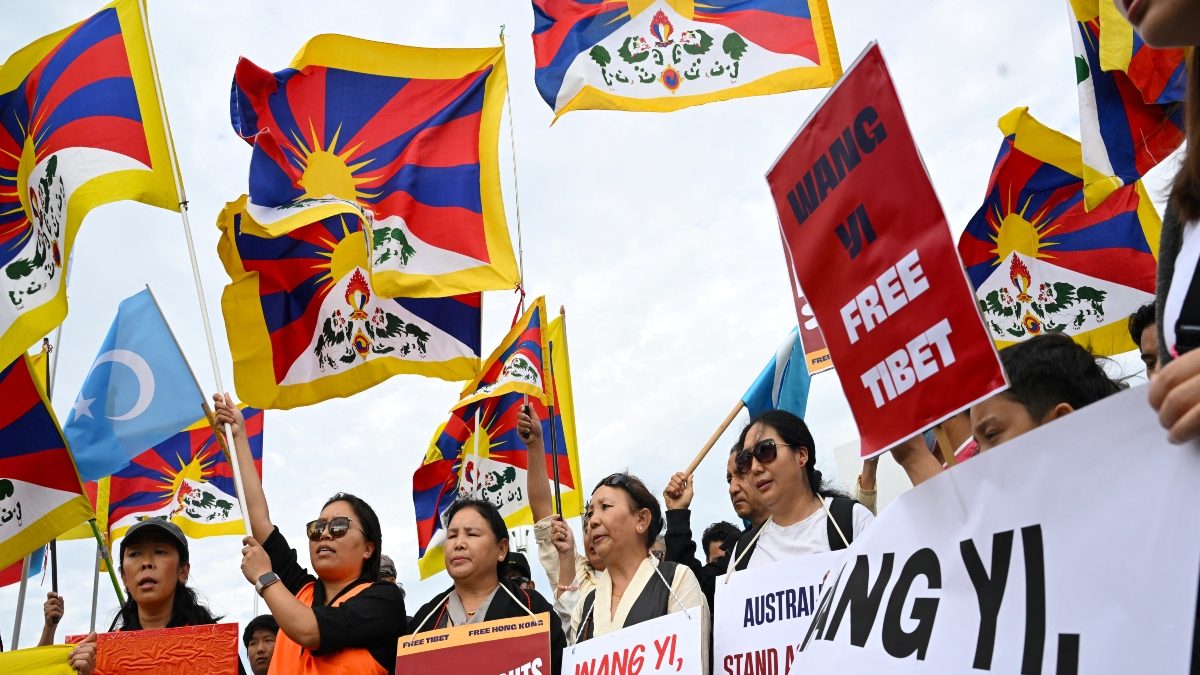Not getting a voice from China: Why Tibet deserves the right to self-determination

The Canadian House of Commons recently unanimously passed a bill supporting Tibet’s right to self-determination. The U.S. Congress has also approved a similar bill, called the Resolve Tibet Act, which is awaiting President Joe Biden’s signature. This U.S. Congressional bill also addresses China’s disinformation campaigns against Tibet. The Tibet issue has long been marginalized in international affairs. When China first invaded, calling it “liberating Tibet,” global attention was diverted by the more pressing Korean War. Since then, China has been gaining power over the past sixty years and using it to suppress criticism at home and abroad.
In light of these recent developments, it is crucial to reopen the debate on Tibet’s national sovereignty, an issue that China has long avoided.
Tibet was historically never part of China
Indeed, throughout its long history, Tibet has been subject to varying degrees of foreign influence, for example from the Mongols, the Gorkhas in Nepal, the Manchu emperors in China, and the British in India. Historically, Tibet exerted influence over its neighbors, including China. Few nations today have completely escaped foreign influence or dominance. The extent and duration of foreign interference in Tibetan affairs has been relatively limited. Moreover, relations with the Mongol, Chinese, and Manchu rulers, to the extent that they had political significance, remained largely personal in nature and never led to a merger or integration of the Chinese and Tibetan states.
In ancient times, Tibetan culture in particular showed stronger cultural ties to India, the birthplace of Buddhism. Tibet stands at a unique intersection between Buddhism and Shaivism, and has had a profound impact on its culture and politics in the centuries that followed. In contrast, China is rooted in a Confucian civilization where Buddhism, transmitted through Tibet in a similar way to Mongolia, developed differently from Tibetan Buddhism. Tibetan emperors did indeed enter into marital relations with China, as they did with Nepal. However, unlike China, Nepal never made a “claim of ownership” of Tibet.
Tibet as a nation
For much of its history, Tibet was an independent state. Until 1950, Tibet was autonomous, had a defined territory and government over its people, and managed its own foreign relations. There are historical parallels, such as Poland being removed from the world map by the German and Russian empires, but regaining its independence and territory after World War II due to the strong national identity of the Polish people. Likewise, Tibet possesses a distinct identity among nations, culturally distinct from mainland China. This distinction is evident in the Tibetan language, which is quite different from Chinese, including its unique script.
Likewise, Tibetan eating habits are distinctly unique. A notable difference between Tibetan and Chinese governance lies in Tibet’s long-standing theocratic system, as opposed to China’s bureaucratic control under the mandarins. Scholars such as Benedict Anderson, known for his concept of the “Imagined Community,” find relevance here, as do others such as Anthony Smith with “Ethno-Symbolism.” These frameworks aptly illustrate Tibet’s identification with its own symbols, values, myths, and memories, which are different from those of China. In Tibet’s perception, China was viewed as a hostile power that constantly issued threats whenever possible.
Why China rejects the Middle Way and refuses to resolve the Tibet conflict
Tibetans strive for a peaceful life and autonomy to preserve their faith. But China denies them even this basic right. In 1950, China invaded Tibet and forced the signing of the 17-point agreement, which promised Tibetans internal autonomy and freedom. However, the Tibetan uprising of 1959 revealed that China was not fulfilling its obligations under this agreement.
It is important to understand that communist China’s concept of nationhood differs significantly from that of imperialist China. It seeks to unify all ethnic groups within its borders under a single Han-dominated national identity, which requires them to abandon their original culture and identity. This is comparable to the former Soviet Union’s attempt to create a “new Soviet man” who would break away from ethnic and cultural ties – a strategy that ultimately led to the dissolution of the USSR into 15 independent states.


